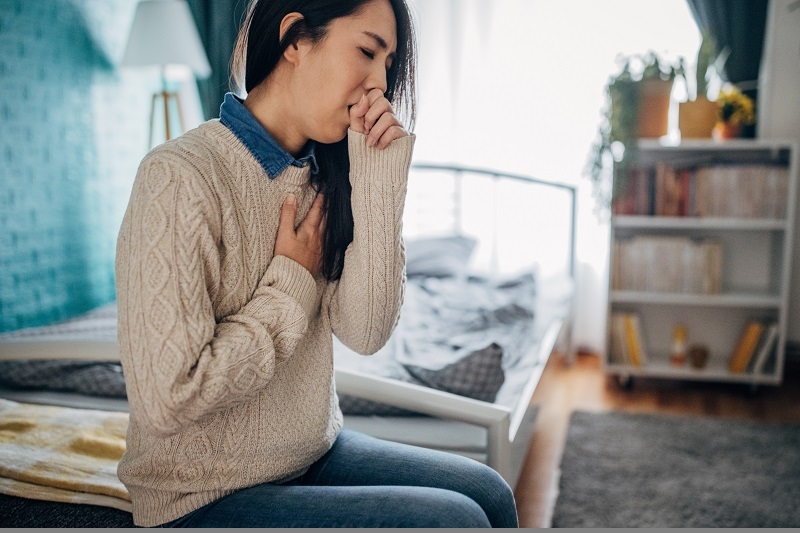Infection
How to Spot and Treat an Upper Respiratory Infection: Symptoms and Advice
Especially when allergy season hits, it can be difficult to know the difference between the signs of an upper respiratory infection and those of allergies.
“There is a lot of overlap between allergy symptoms and viral infections,” says Keith Brenner, M.D., chief of Pulmonology at Hackensack University Medical Center.
Dr. Brenner offers guidance around how you can spot an upper respiratory infection and distinguish it from other symptoms you might be having.
Early Symptoms of Upper Respiratory Infection
Dr. Brenner shares seven common signs of an upper respiratory infection:
- Cough
- Nasal congestion
- Earache
- Excess mucus
- Sore throat
- Fever
- Headache
Upper respiratory infections are diagnosed by taking a history from the patient and doing a physical exam. “There are also tests that can be done if needed – viral nasal swabs can test for COVID, influenza, RSV, and other respiratory viruses that may cause an upper respiratory infection,” Dr. Brenner says.
Treatment for Upper Respiratory Infections
Upper respiratory infections are contagious, patients should use caution to prevent others from getting sick.
Usually, upper respiratory infections are caused by a virus, so antibiotics are not helpful. Treatment, rather, involves addressing the symptoms, including:
- Over-the-counter pain relievers to relieve fever or sore throat
- Rest
- Increasing fluid intake
- Saline nasal spray to relieve congestion
- Over-the-counter cough medication to suppress coughing
Usually, upper respiratory infections last one to two weeks and go away on their own. However, if symptoms do not improve with over-the-counter medicines, contact your primary care physician.
What to Know About Lower Respiratory Infections
A lower respiratory infection means that the infection has spread down from the upper airway into the airways of the lung.
“Lower respiratory infections may be more serious than an upper respiratory tract infection,” Dr. Brenner says. They can potentially lead to bronchitis or even pneumonia.
If there is concern that an infection has advanced to a lower respiratory infection or pneumonia, a physical exam and x-ray may be required.
Next Steps & Resources:
- To make an appointment with a primary care doctor near you, call 800-822-8905 or visit our website.

